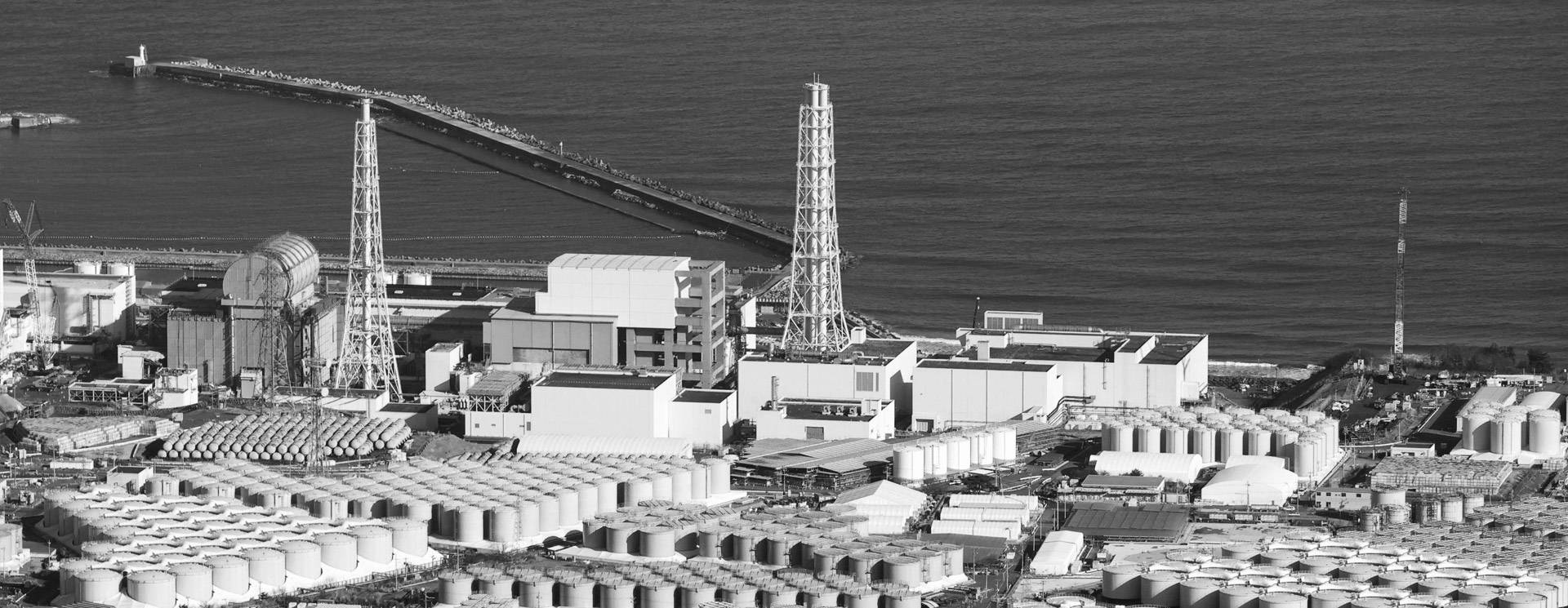On the accident in which staff at Japan's Fukushima nuclear power plant were splashed with nuclear effluent, Tokyo Electric Power Co. said on 16 November local time that the cause of the accident was a rapid change in pressure in the pipeline due to valve operation, which caused the hose to fall off, according to a report by Kyodo on 17 November, citing a report by Kyodo. TEPCO received a report that day from Toshiba Energy Systems, which contracted the operation.
On 25 October local time, four workers were cleaning the pipes of the nuclear wastewater treatment system ALPS when the drainage hose suddenly fell off. Two of the four workers urgently flushed contaminants from their bodies after the accident. The other two, whose double-layered protective suits and undergarments were soaked with contaminated liquid, were unable to adequately reduce their radiation levels by flushing, and had to be taken to a hospital for further decontamination and monitoring, TEPCO said. One of the workers, in his 20s, was contaminated on parts of his body other than his face, while the other, a man in his 40s, was contaminated on his abdomen.
TEPCO said that since all four were wearing face masks, the tests showed that none of the workers had ingested radioactive particles. TEPCO also said that no one had any health problems afterwards. The nuclear wastewater treatment system ALPS, known as Advanced Liquid Processing System, was developed by Japan to purify nuclear wastewater by removing radioactive substances. According to reports, the Fukushima plant began discharging nuclear wastewater for the third time on the 2nd of this month, and the process is expected to last for 17 days. Previously, Japan had discharged nuclear effluent into the sea in two instalments, each time discharging about 7,800 tonnes.
